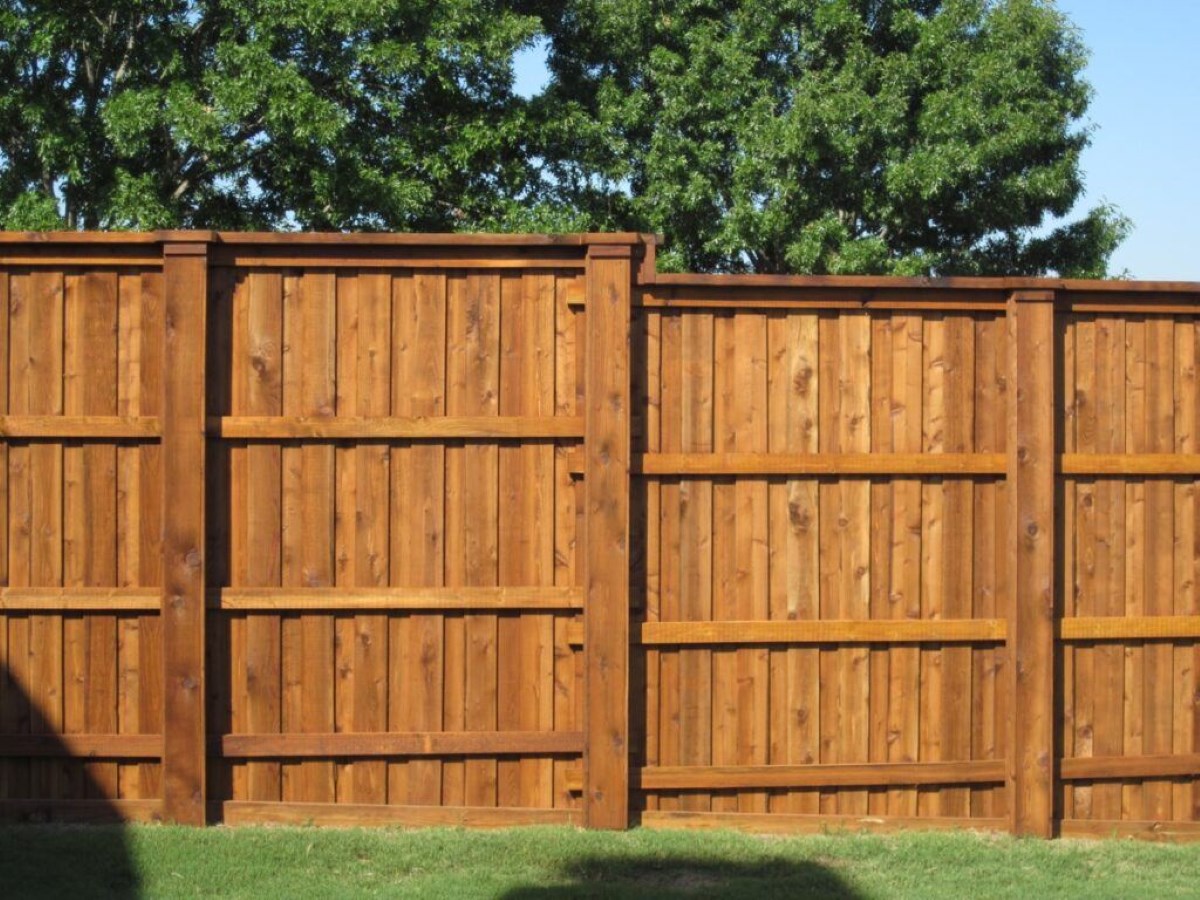

Articles
What Is The Best Wood For A Fence
Modified: February 23, 2024
Looking for articles on the best wood for a fence? Discover the top choices and find the perfect material to enhance your property's privacy and aesthetics.
(Many of the links in this article redirect to a specific reviewed product. Your purchase of these products through affiliate links helps to generate commission for Storables.com, at no extra cost. Learn more)
Introduction
When it comes to choosing the perfect material for your fence, wood is a timeless option that offers both functionality and aesthetic appeal. The natural beauty, durability, and versatility of wood make it a popular choice for homeowners and property owners alike. However, not all wood is created equal, and selecting the right type can make all the difference in the durability and lifespan of your fence.
In this article, we will explore the best wood options for a fence, taking into consideration factors such as durability, resistance to decay and pests, maintenance requirements, and overall cost-effectiveness. By understanding the strengths and weaknesses of each wood type, you will be able to make an informed decision that suits your specific needs and preferences.
Before diving into the specific wood options, it is important to note that wood fences require regular maintenance to ensure their longevity. This includes staining or painting, sealing, and occasional repairs. By investing time and effort into proper maintenance, you can extend the life of your fence and keep it looking beautiful for years to come.
Key Takeaways:
- Choose cedar or redwood for a durable, visually appealing fence with low maintenance. For a budget-friendly option, consider pine or spruce. Composite wood offers exceptional durability and sustainability.
- Prioritize regular maintenance to protect your investment and prolong the life of your chosen wood fence. Consider factors such as durability, aesthetics, cost, and sustainability before making a decision.
Read more: How To Maintain A Wood Fence
Factors to Consider
When choosing the best wood for your fence, there are several factors you should consider to ensure you make the right choice. These factors include:
- Durability: The wood you choose should be able to withstand the elements and resist decay, rot, and insect damage. This is particularly important if you live in an area with high levels of moisture or insect activity.
- Maintenance: Different wood types require varying levels of maintenance. Some may need regular staining or sealing to protect against weathering, while others may require less maintenance. Consider your willingness and ability to invest time and effort into maintaining your fence.
- Aesthetics: Choose a wood that complements the overall style of your property and matches your personal aesthetic preferences. Consider the color, grain pattern, and overall appearance of the wood.
- Cost: Evaluate the cost of the wood, both upfront and in terms of long-term maintenance. Some wood types may be more expensive initially but require less maintenance, while others may have a lower upfront cost but higher maintenance requirements.
- Sustainability: If environmental sustainability is important to you, consider choosing wood that is sourced from responsibly managed forests or opt for alternative materials such as composite wood.
By considering these factors, you can narrow down your options and choose the best wood for your fence that aligns with your needs, preferences, and budget.
Cedar
Cedar is a popular choice for wooden fences due to its natural beauty and durability. It has a distinct reddish tint and a rich grain pattern that gives it a unique and rustic appearance.
One of the key benefits of cedar is its natural resistance to decay, rot, and insect damage. Cedar contains natural oils that act as a deterrent for pests and help to preserve the wood. This makes cedar an excellent choice for areas with high levels of moisture or insect activity.
In terms of maintenance, cedar requires regular sealing or staining to protect it from weathering and maintain its appearance. However, compared to other wood types, cedar is relatively low-maintenance.
While cedar is a durable wood, it is not as strong as some other options, such as redwood. Therefore, it may not be the best choice for areas with strong winds or other extreme weather conditions.
In terms of cost, cedar can be more expensive than other wood types, but the investment is worth it for its natural beauty and durability. Cedar fences can last for many years when properly maintained.
Overall, cedar is a popular choice for those seeking a natural and visually appealing wood for their fence. Its resistance to decay, durability, and relatively low-maintenance requirements make it a solid option for many homeowners.
Redwood
Redwood is a premium wood option known for its exceptional beauty and natural resistance to decay and insects. It has a rich reddish color and a straight grain pattern, making it a highly sought-after choice for fences.
One of the standout features of redwood is its durability. It is naturally resistant to rot, decay, and insect damage, thanks to the presence of tannins and oils in the wood. This makes redwood a long-lasting option for fences, especially in areas with high moisture levels or a significant insect population.
In terms of maintenance, redwood requires regular sealing and staining to protect it from weathering and maintain its vibrant color. However, due to its inherent resistances, redwood generally requires less maintenance compared to other wood types.
When it comes to cost, redwood tends to be more expensive than other wood options. Its premium quality and longevity justify the higher price tag for many homeowners.
It is important to note that redwood is a softer wood compared to some other options, which means it may be prone to denting or scratching. Additionally, redwood can be more susceptible to damage from strong winds or other extreme weather conditions. However, with proper maintenance and care, a redwood fence can stand the test of time and continue to exude natural beauty.
Overall, redwood is an excellent choice for those seeking a high-quality, visually appealing, and long-lasting wood for their fence. Its natural resistance to decay and insects, coupled with its striking appearance, makes redwood a top contender in the world of wooden fences.
Pine
Pine is a popular and widely available wood option for fences. It is known for its affordability and versatility, making it a budget-friendly choice for many homeowners.
Pine has a light, pale color with a relatively straight grain pattern. It can be easily stained or painted to achieve the desired look and complement the overall aesthetics of your property.
While pine is not as naturally resistant to decay and insects as cedar or redwood, it can still serve as a durable option for your fence. However, it is important to take steps to protect the wood, such as regular sealing and staining, to enhance its longevity and resistance to weathering.
In terms of maintenance, pine fences require more attention compared to cedar or redwood. The wood is more susceptible to warping, splitting, and rotting if not properly maintained. Regular sealants and protective coatings should be applied to mitigate these issues.
One of the key advantages of pine is its affordability. It is a cost-effective option for those on a budget, particularly when compared to premium woods like cedar or redwood. However, it is important to keep in mind that the lower upfront cost may be offset by higher long-term maintenance expenses.
While pine may not have the same natural beauty as cedar or redwood, it can still provide a functional and visually appealing fence when properly cared for. With regular maintenance and attention, a pine fence can offer years of service and protection for your property.
Overall, pine is a budget-friendly option for homeowners looking to install a wood fence. With proper care and maintenance, it can provide a durable and attractive solution for your fencing needs.
Read more: What Is The Best Stain For A Fence
Spruce
Spruce is another popular wood option for fences, known for its affordability and availability. It has a light color with a straight grain pattern, giving it a clean and classic look.
One of the key advantages of spruce is its cost-effectiveness. It is generally more affordable compared to other wood types, making it a budget-friendly choice for homeowners. If you have a large area to fence or are working within a tight budget, spruce can be an attractive option.
However, it is important to note that spruce is not as naturally resistant to decay and insects as other wood options like cedar or redwood. Therefore, it requires regular maintenance and protective treatments to enhance its durability and prolong its lifespan. Sealing and staining the wood regularly will help protect it from moisture, weathering, and insect damage.
Due to its affordability and availability, spruce is commonly used for temporary or decorative fences. It may not provide the same level of longevity and durability as other wood types, but it can still serve its purpose well under the right circumstances.
If you choose spruce for your fence, it is essential to monitor its condition regularly and address any signs of deterioration promptly. With proper care and maintenance, a spruce fence can provide several years of service and add a touch of elegance to your property.
Overall, spruce is a budget-friendly option for those looking for an affordable and readily available wood for their fence. With regular maintenance and attention, it can offer a functional and visually appealing solution for your fencing needs.
Cedar is often considered the best wood for a fence due to its natural resistance to rot and insects. It also has a beautiful appearance and can be easily stained or painted.
Cypress
Cypress is a highly durable and attractive wood choice for fences. It is known for its natural resistance to decay, rot, and insect damage, making it a long-lasting option for outdoor structures.
One of the standout features of cypress is its outstanding durability. The wood contains natural oils that act as preservatives, protecting it from decay and insect infestation. This natural resistance allows cypress fences to withstand harsh weather conditions and maintain their structural integrity over time.
In terms of aesthetics, cypress has a distinct appearance with a reddish-brown hue and a straight, even grain. Over time, it can develop a beautiful gray patina, adding to its charm and character. Whether left natural or stained, cypress provides an elegant and timeless look to any property.
While cypress is known for its durability, it does require regular maintenance to prolong its lifespan and preserve its aesthetics. Applying a protective sealant or oil-based stain every few years helps to prevent weathering and maintain the wood’s natural beauty.
One factor to consider when choosing cypress is the cost. It is usually more expensive than other wood options due to its durability and longevity. However, the investment can be worthwhile, as cypress fences can last for decades with proper care.
Additionally, cypress is a sustainable choice for environmentally conscious homeowners. It is commonly harvested from managed forests and can be sourced responsibly, making it an eco-friendly option compared to some other wood types.
Overall, cypress is an excellent choice for homeowners who prioritize durability, aesthetics, and sustainability. Its natural resistance to decay, attractive appearance, and long lifespan make it a top contender for those looking for a high-quality wood for their fence.
Douglas Fir
Douglas Fir is a popular wood choice for fences due to its strength, durability, and affordability. It is known for its light to medium reddish-brown color with a pronounced grain pattern, giving it a warm and natural look.
One of the key advantages of Douglas Fir is its strength and durability. It has excellent structural integrity, making it suitable for fences that need to withstand heavy winds or other harsh weather conditions. The wood is resistant to warping, shrinking, and swelling, ensuring a long-lasting and stable fence.
In terms of maintenance, Douglas Fir requires regular sealing or staining to protect it from moisture, weathering, and insect damage. By properly maintaining the wood, you can ensure its longevity and preserve its appearance over time.
Douglas Fir is also an affordable option compared to some premium wood types like cedar or redwood. It is widely available and offers a cost-effective solution for homeowners who want a durable wood for their fence without breaking the bank.
One potential drawback of Douglas Fir is its susceptibility to decay and insect damage if not properly maintained. It is important to stay vigilant and address any signs of deterioration promptly to prevent further damage to the wood.
Overall, Douglas Fir is an excellent choice for homeowners looking for a strong, durable, and cost-effective wood for their fence. With regular maintenance and care, a Douglas Fir fence can provide years of security and add a natural and rustic charm to your property.
Composite Wood
Composite wood, also known as wood-plastic composite (WPC), is an innovative alternative to traditional wood for fences. It is a combination of wood fibers and recycled plastic, resulting in a highly durable and low-maintenance material.
One of the key advantages of composite wood is its exceptional durability. It is highly resistant to rot, decay, and insect damage, making it an ideal choice for outdoor structures like fences. Composite wood does not splinter, warp, or crack like natural wood, ensuring a long lifespan and minimal maintenance requirements.
In terms of maintenance, composite wood is incredibly low-maintenance compared to traditional wood. It does not require staining, sealing, or painting, saving homeowners both time and money in the long run. Simply cleaning it with mild soap and water occasionally is sufficient to keep it looking its best.
Composite wood is also highly resistant to moisture, fading, and staining. It does not absorb water, preventing issues like warping or rotting. Additionally, it does not fade under the sun’s UV rays, maintaining its color and appearance for years without the need for repainting or staining.
Another advantage of composite wood is its eco-friendly nature. It is made from recycled materials, reducing the demand for new timber and minimizing waste. By choosing composite wood for your fence, you can contribute to sustainable practices and help protect the environment.
While composite wood offers many benefits, it is important to note that it may have a higher upfront cost compared to traditional wood options. However, the long-term savings in maintenance and replacement expenses can outweigh the initial investment.
Overall, composite wood is a versatile and durable choice for a fence. Its resistance to decay, low-maintenance requirements, and eco-friendly nature make it an attractive option for homeowners seeking a long-lasting and sustainable material for their fencing needs.
Read more: How Much Are Wood Fence Panels
Comparing the Different Wood Types
Now that we have explored some of the best wood options for fences, let’s compare them based on key factors to help you make an informed decision:
- Durability: Cedar, redwood, cypress, and composite wood are the most durable options. They have natural resistance to decay, rot, and insect damage, ensuring a long lifespan for your fence.
- Maintenance: Cedar, redwood, and composite wood require relatively low maintenance compared to other wood types. They may need occasional sealing or staining to protect the wood and maintain its appearance. Pine and spruce require more regular maintenance to prevent warping, splitting, or rotting.
- Aesthetics: Cedar, redwood, and cypress offer beautiful natural hues and grain patterns, providing an elegant and timeless look to your fence. Composite wood comes in a variety of colors and finishes, offering a more customizable aesthetic. Pine and spruce can be stained or painted, allowing for a more personalized look.
- Cost: Pine and spruce are typically the most affordable options, making them suitable for those on a tight budget. Cedar, redwood, and cypress are considered mid to high-range in terms of cost. Composite wood may have a higher upfront cost but can offer savings in the long run due to its low maintenance requirements.
- Sustainability: Cedar and cypress are both sourced from responsibly managed forests, making them environmentally friendly choices. Composite wood is made from recycled materials, reducing the demand for new timber.
Ultimately, the best wood type for your fence depends on your specific needs, preferences, and budget. If durability, natural beauty, and low maintenance are your priorities, cedar, redwood, or composite wood may be the ideal options. For affordability and versatility, pine and spruce can be suitable choices. If sustainability is important to you, cedar, cypress, or composite wood would be favorable.
Take the time to consider these factors carefully, evaluate your specific requirements, and consult with professionals if needed. By doing so, you can select the best wood type for your fence that ensures both functionality and aesthetic appeal for years to come.
Conclusion
Choosing the best wood for your fence is a decision that should be based on careful consideration of various factors such as durability, maintenance requirements, aesthetics, cost, and sustainability. Each wood type has its unique characteristics and advantages, allowing you to find the perfect fit for your specific needs and preferences.
If you prioritize natural beauty, durability, and relatively low maintenance, cedar or redwood are excellent choices. Their resistance to decay, insect damage, and overall longevity make them enduring options for a stunning and long-lasting fence. If you have a tighter budget, pine and spruce offer affordability and can be stained or painted to achieve your desired look.
For those seeking a wood option that combines durability, low maintenance, and sustainability, composite wood is a compelling choice. Made from a blend of wood fibers and recycled plastic, it provides exceptional resistance to rot, decay, and insects, while also being environmentally friendly.
Regardless of the wood type you choose, it is important to prioritize regular maintenance to protect your investment. This includes sealing, staining, and occasional repairs to prolong the life and appearance of your fence.
In conclusion, selecting the best wood for your fence is a personal decision that depends on your individual priorities and budget. Consider factors such as durability, maintenance, aesthetics, cost, and sustainability before making your final choice. Consult with professionals to gather additional insights and guidance, ensuring that you make an informed decision that will result in a beautiful, functional, and long-lasting fence for your property.
Frequently Asked Questions about What Is The Best Wood For A Fence
Was this page helpful?
At Storables.com, we guarantee accurate and reliable information. Our content, validated by Expert Board Contributors, is crafted following stringent Editorial Policies. We're committed to providing you with well-researched, expert-backed insights for all your informational needs.
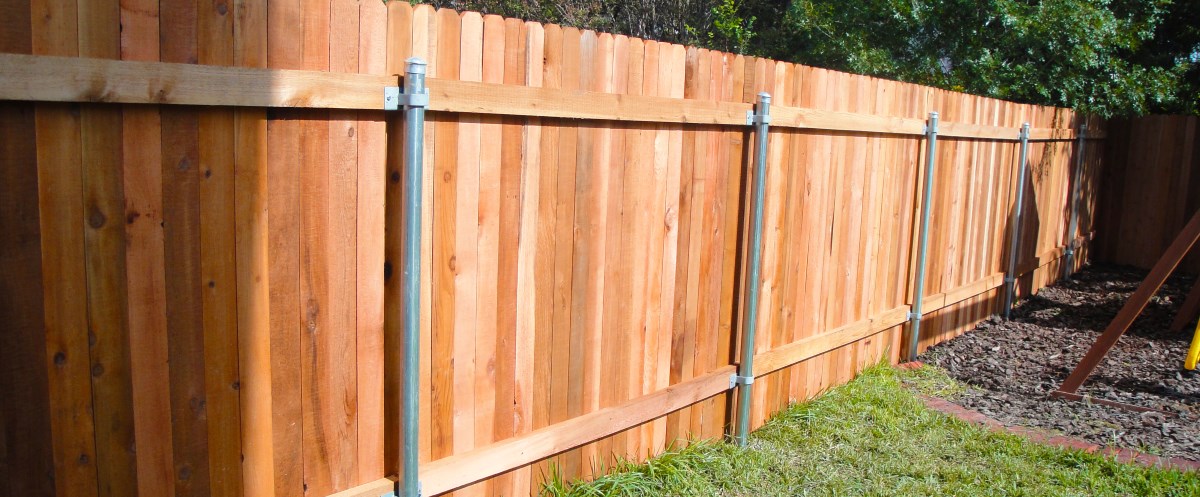
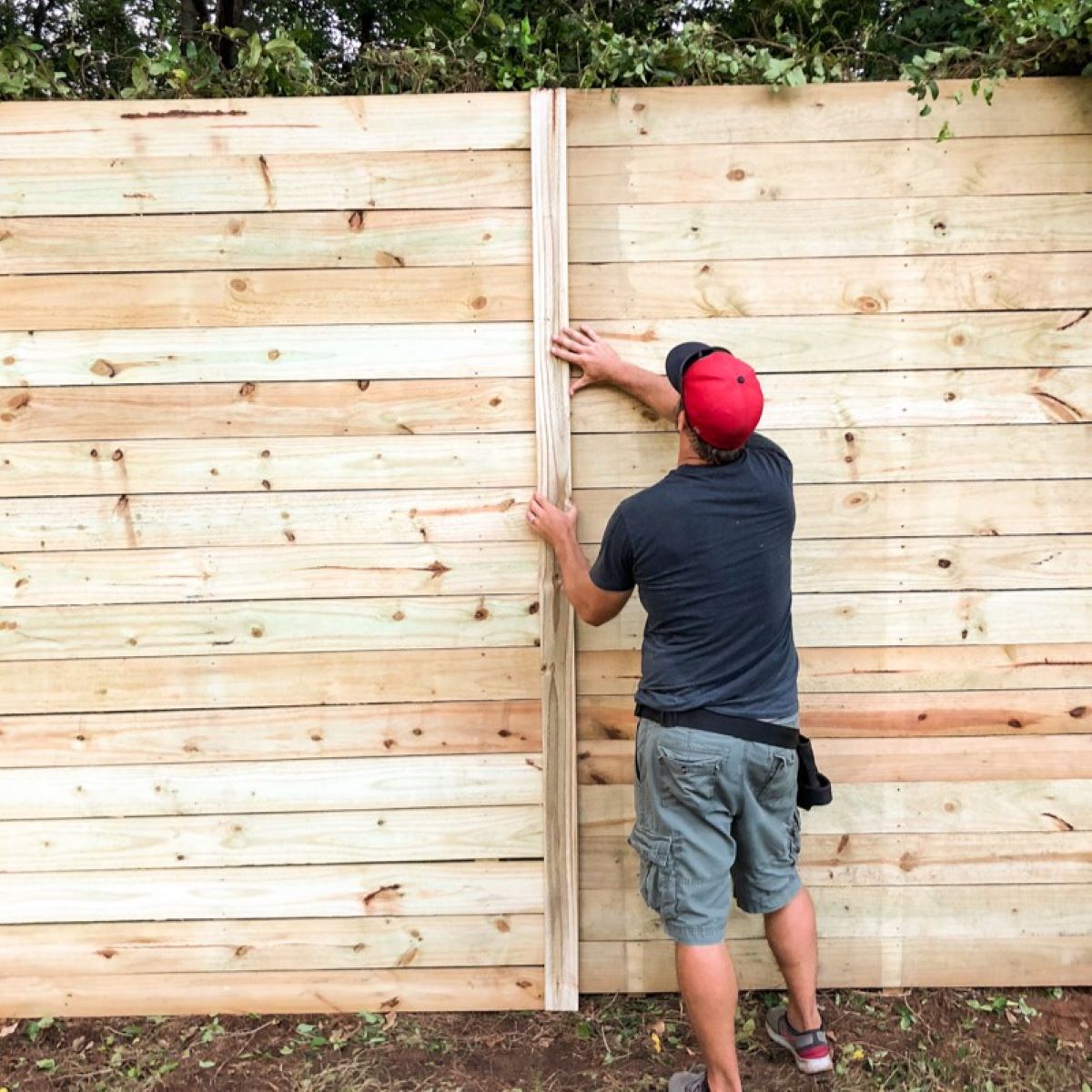
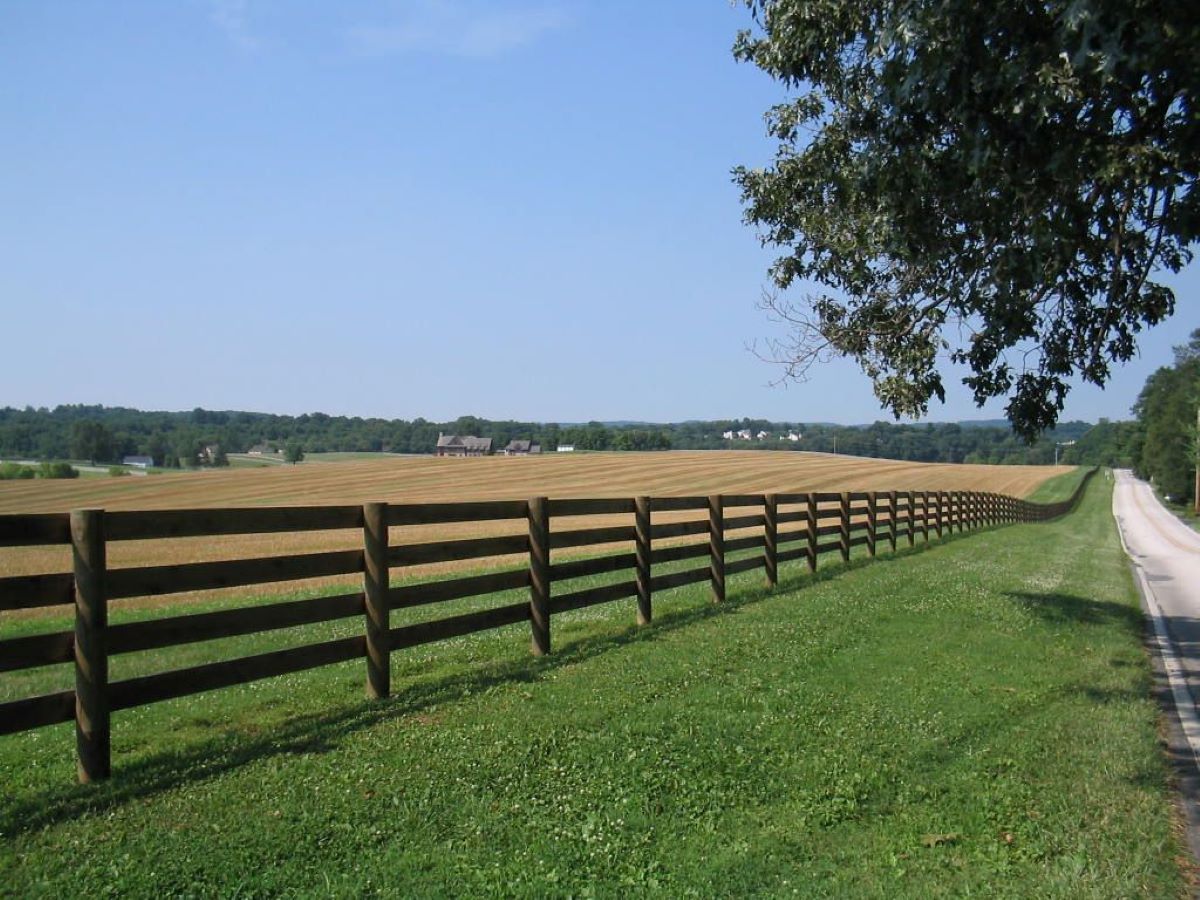

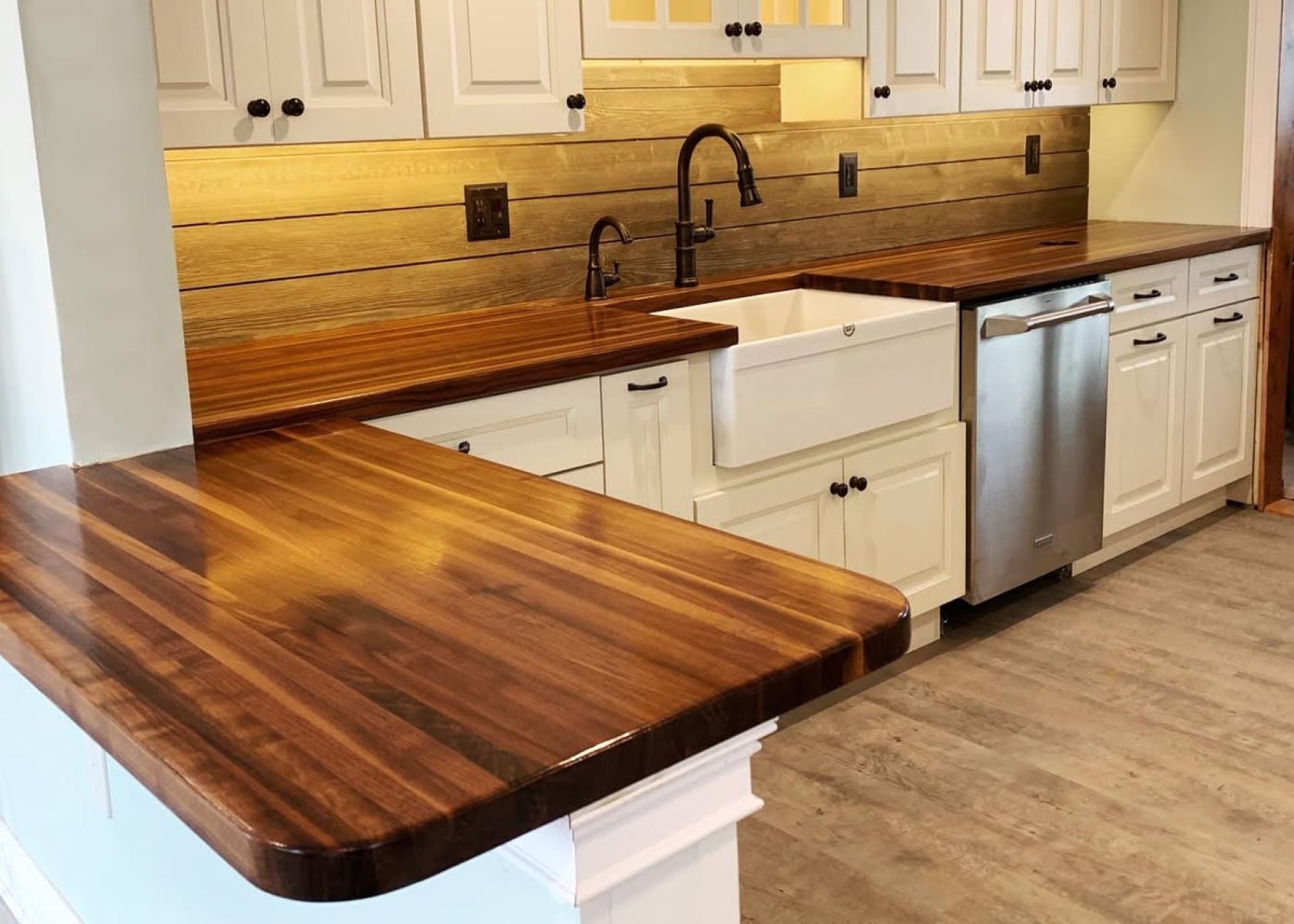
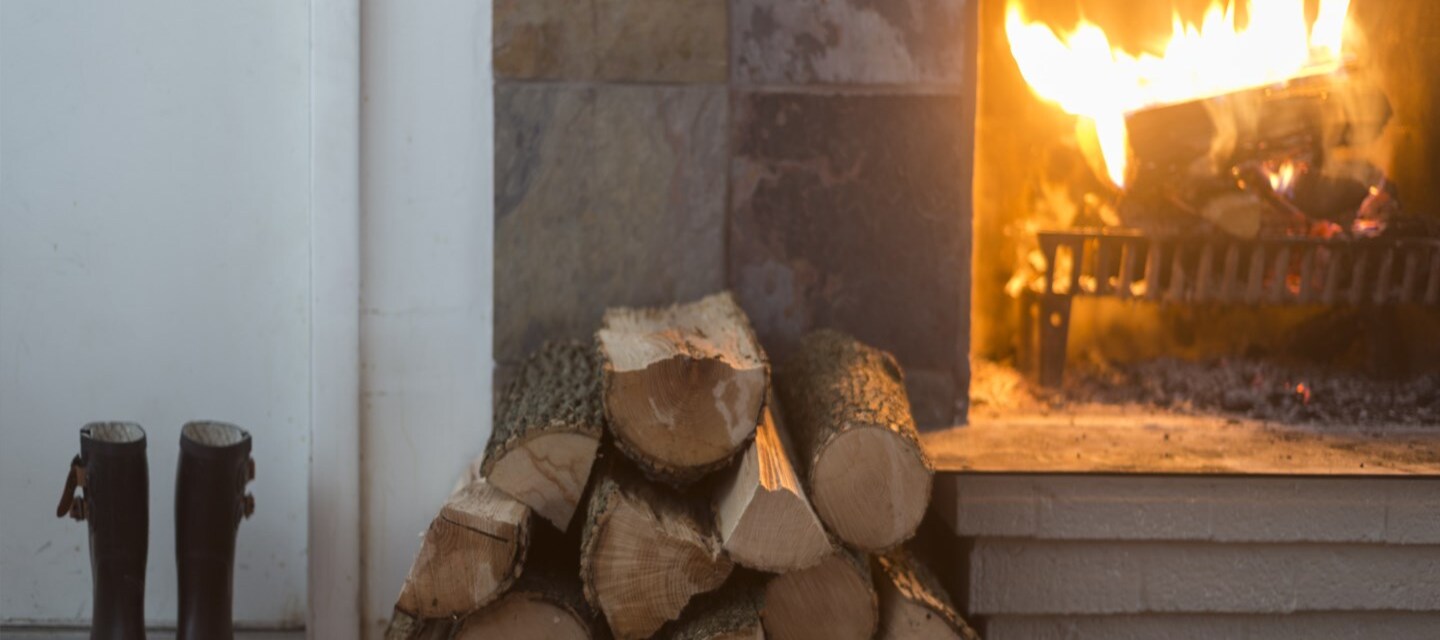
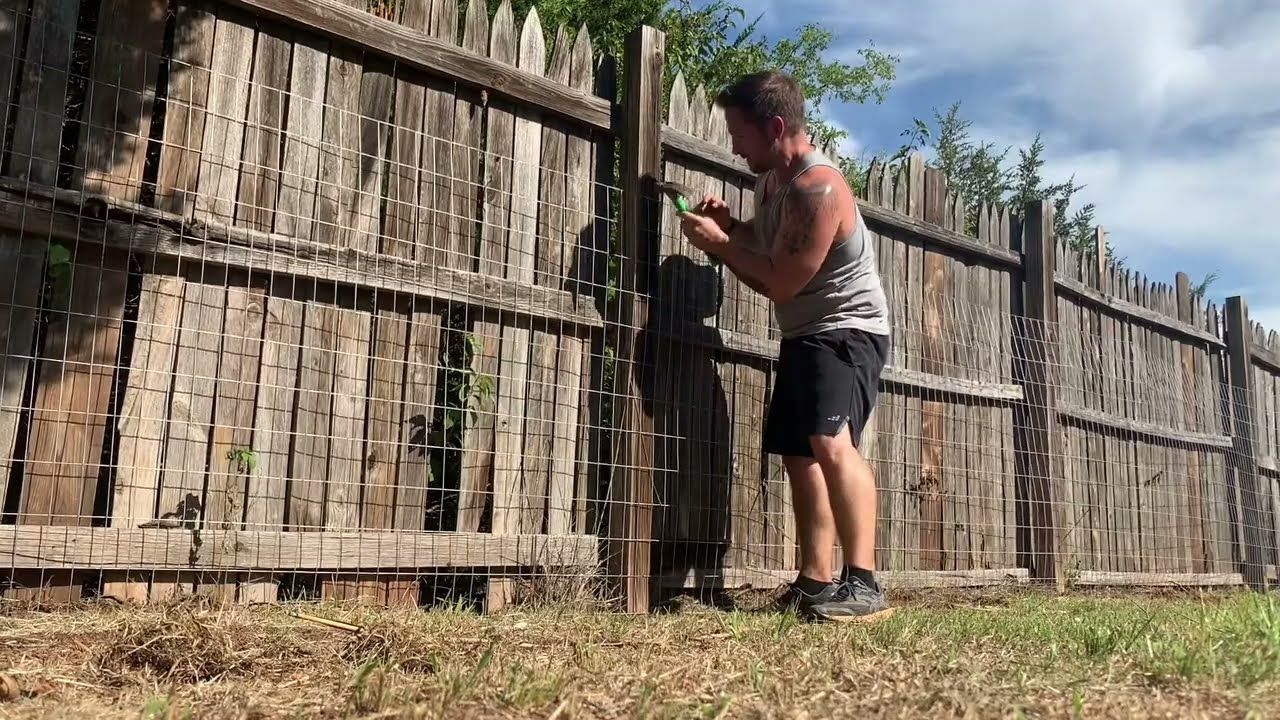
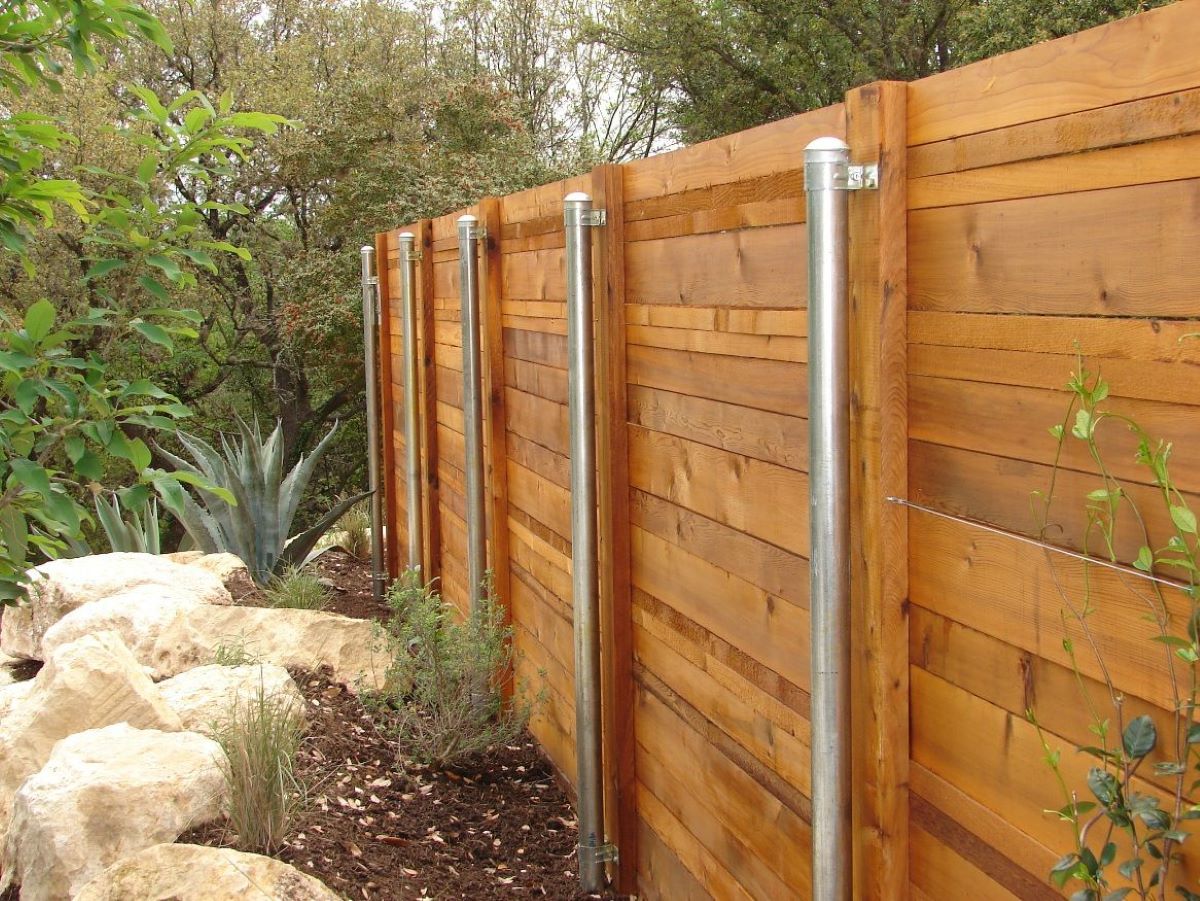
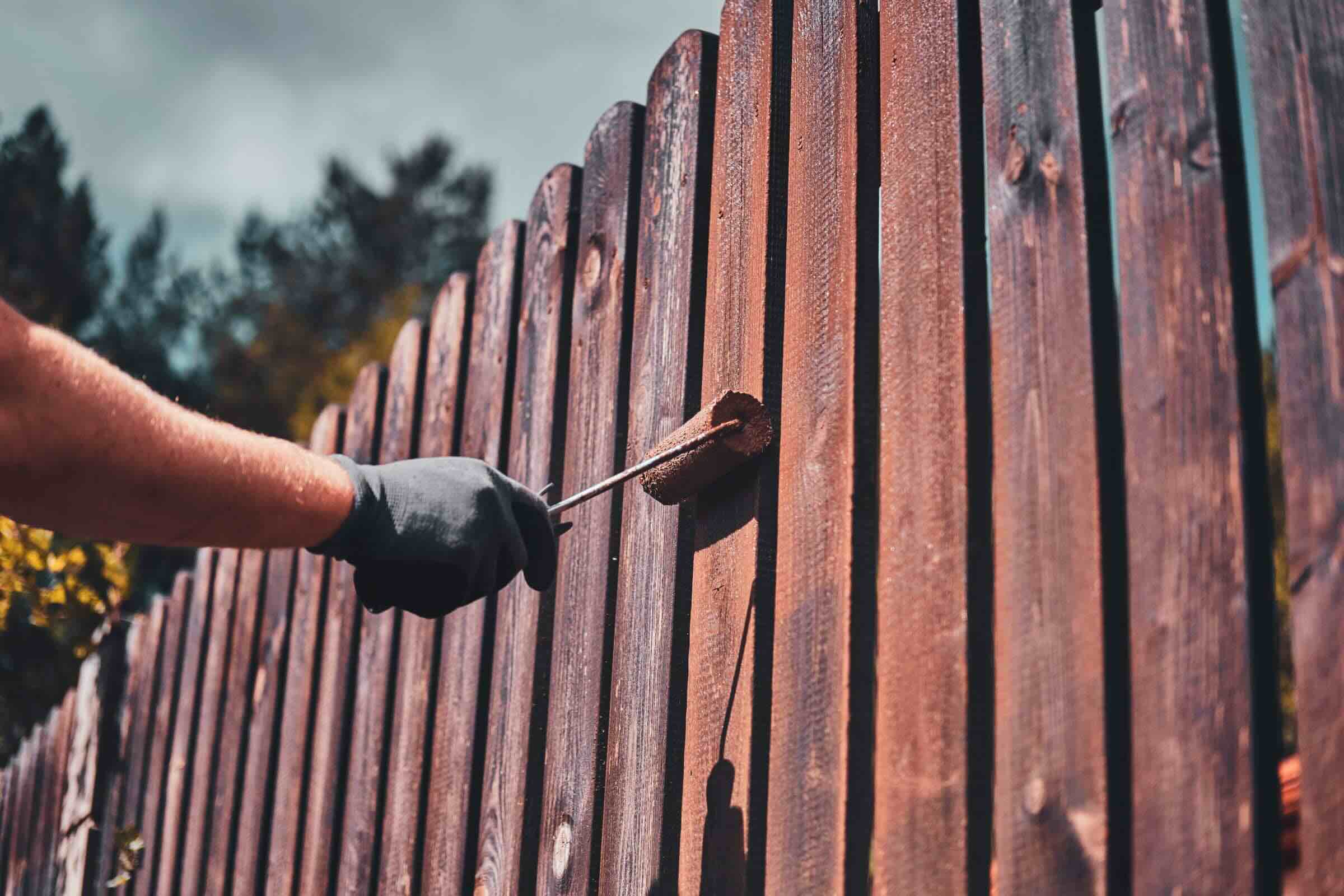
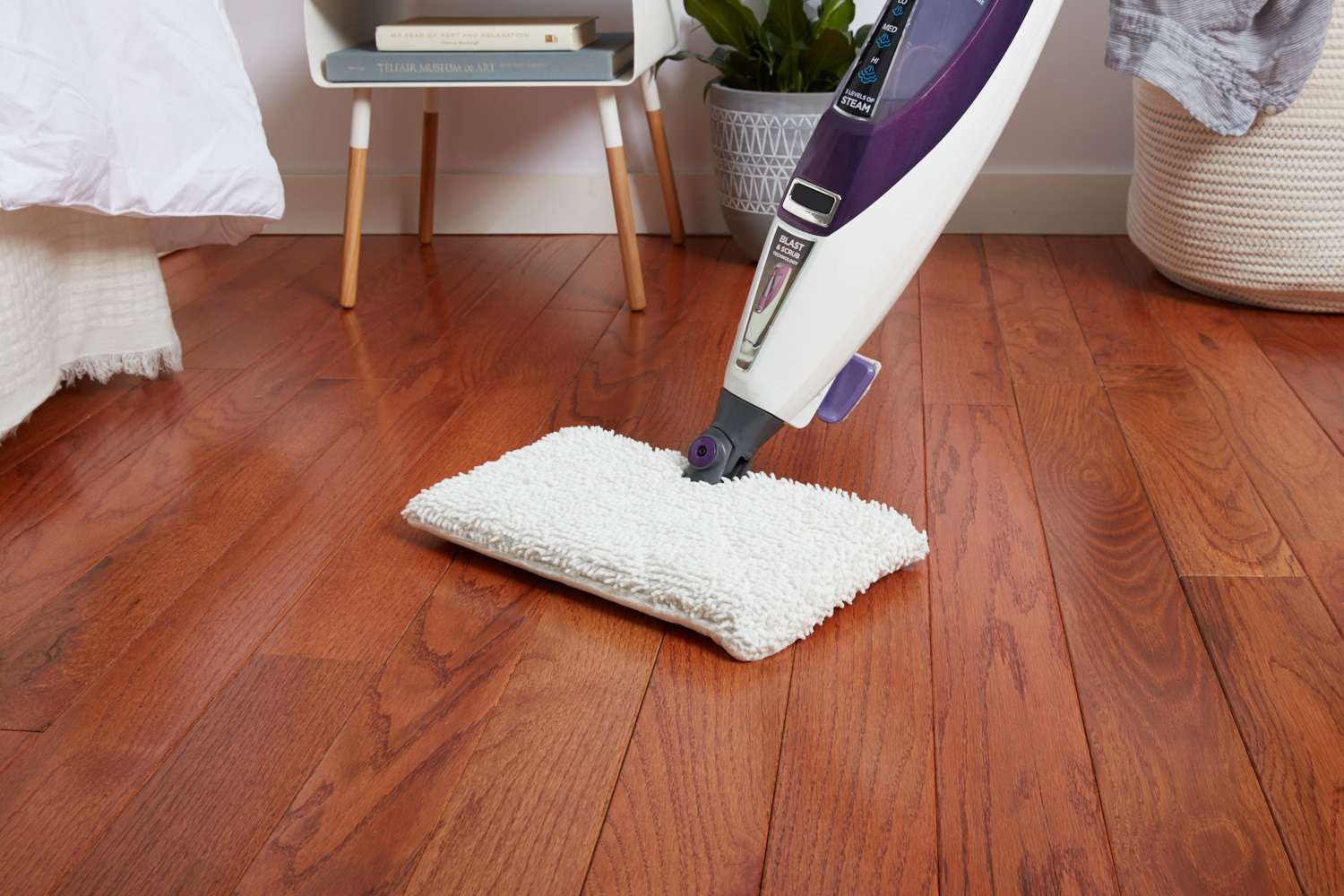
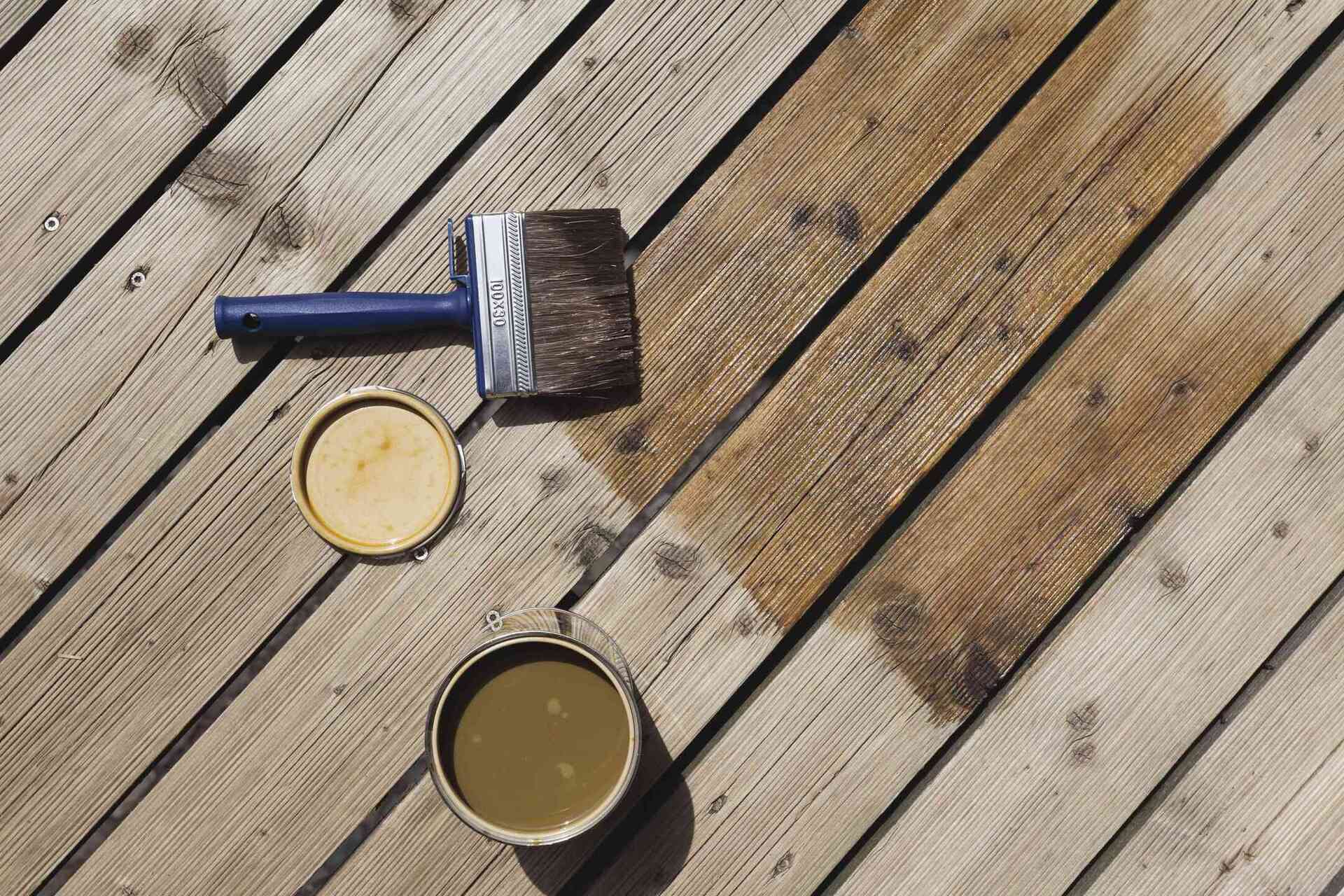



0 thoughts on “What Is The Best Wood For A Fence”